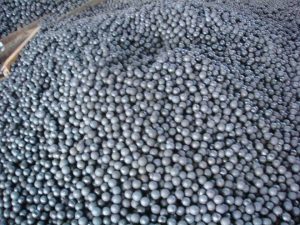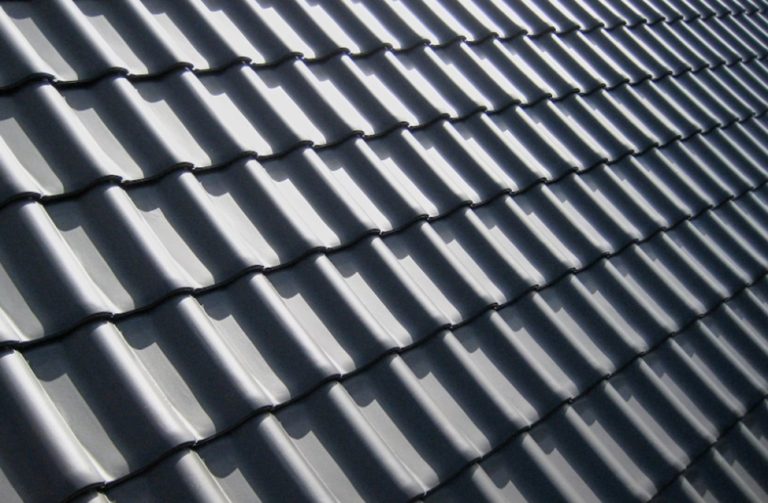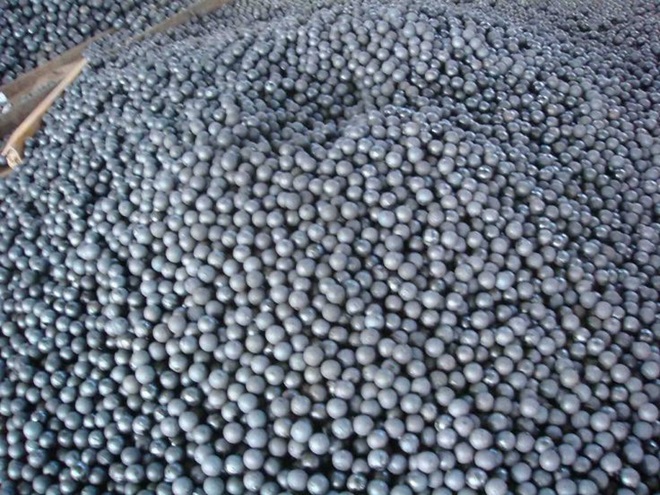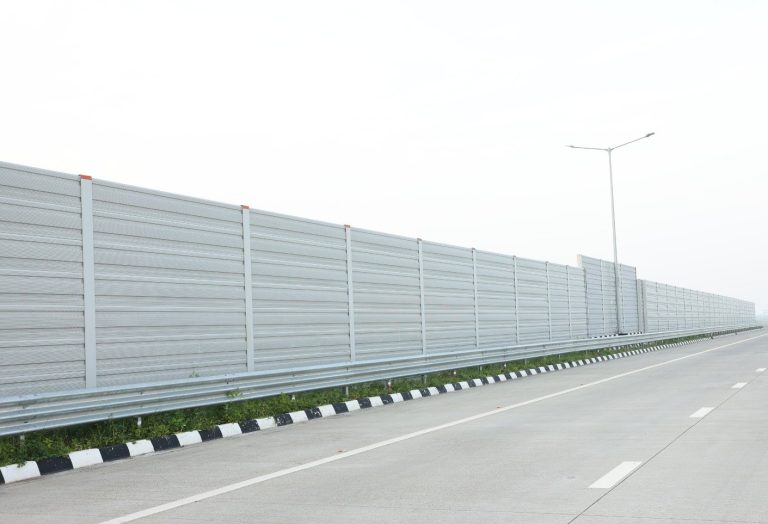In today’s fast-paced world, noise pollution has become an increasingly pressing issue. Whether it’s traffic noise, construction noise, or simply the chatter of a busy office, unwanted noise can lead to a range of negative effects, including stress, distraction, and reduced productivity. One effective way to combat this problem is through the use of sound-absorbing panels. These panels are designed to reduce the amount of noise that bounces off hard surfaces, such as walls and floors, and instead absorb it into the panel itself.
But what are the characteristics of these panels, and how do you choose the right one for your needs?
-
- High noise reduction coefficient (NRC)
One of the most important characteristics of sound absorbing panels is their noise reduction coefficient (NRC), which is a measure of how effectively a material reduces sound. NRC is calculated by determining the percentage of sound that is absorbed by the panel and not reflected back into the room.
High NRC values indicate that a material is highly effective at absorbing sound and reducing echo. This is particularly important in environments where excessive noise can be detrimental to productivity, concentration, or overall comfort. Sound absorbing panels with high NRC values are often used in recording studios, theaters, classrooms, and other spaces where sound quality is critical.
It is important to note that the NRC of a sound absorbing panel can vary depending on its thickness, density, and other physical characteristics, so careful consideration should be given to selecting the right panel for a specific application.
- Durable materials for longevity
When considering sound absorbing panels, one of the key characteristics to look for is the durability of the materials used in their construction. Durable materials can ensure longevity, which is essential for panels that will be subjected to regular wear and tear. Some of the most common materials used in sound absorbing panels include foam, fiberglass, and mineral wool. Foam panels are often the most cost-effective option, but they may not be as durable as other materials.
Fiberglass panels are known for their high sound absorption coefficients and are often used in large commercial spaces. Mineral wool panels are made from rock or slag wool and are known for their fire-resistant properties, making them ideal for use in industrial and commercial settings. Ultimately, the choice of material will depend on the specific needs of the space and the level of durability required.
- Easy to install and maintain
Easy installation and maintenance are two important characteristics of sound-absorbing panels that make them a popular choice for various industries. These panels are designed to be lightweight and easy to install, which means they can be mounted quickly and easily on walls, ceilings, and other surfaces. This makes them ideal for retrofitting existing spaces where sound control is needed.
Additionally, sound-absorbing panels require very little maintenance once installed. They can be easily cleaned with a damp cloth or vacuumed to remove any accumulated dust or debris. This makes them a cost-effective solution for maintaining optimal acoustic performance over time.
Overall, the easy installation and maintenance of sound-absorbing panels make them a versatile and practical solution for controlling noise in various indoor environments.
- Attractive design options available
When it comes to sound absorbing panels, one important characteristic to consider is the design options available. An attractive design can make a significant impact on the overall look and feel of a room, while also serving its primary purpose of reducing noise levels.
Fortunately, there are many appealing design options available for sound absorbing panels, including various shapes, sizes, colors, and patterns. Some manufacturers even offer customization options, allowing you to create a unique design that complements your existing decor. With such a wide range of design options available, it’s possible to achieve both acoustic performance and aesthetic appeal in any space.
- Various sizes and thicknesses offered
One of the key advantages of sound absorbing panels is their ability to be customized to meet specific acoustic requirements. Various sizes and thicknesses are offered in order to accommodate a range of applications, from smaller rooms to larger spaces that require greater sound attenuation.
The size and thickness of the panels can also impact their performance, with thicker panels typically providing greater noise reduction. Additionally, different thicknesses can be combined to create multi-layered systems that offer enhanced sound absorption. With a wide range of sizes and thicknesses available, it is possible to select sound absorbing panels that are tailored to meet the specific acoustic needs of any given space.















